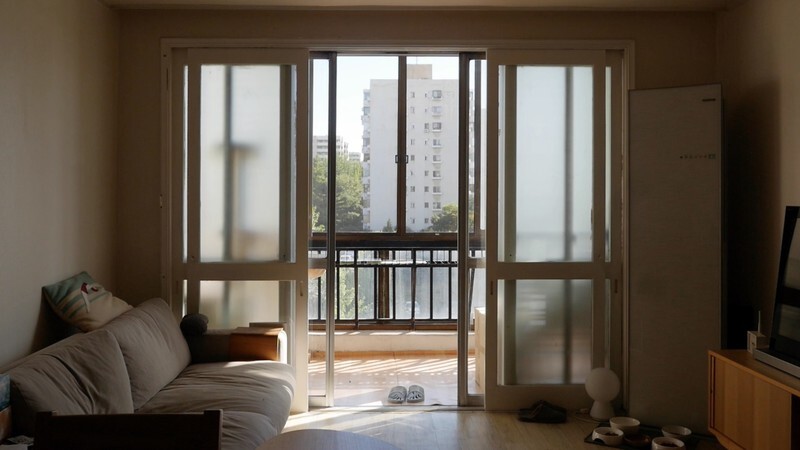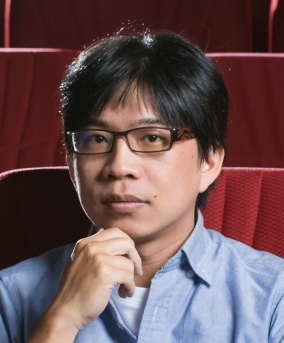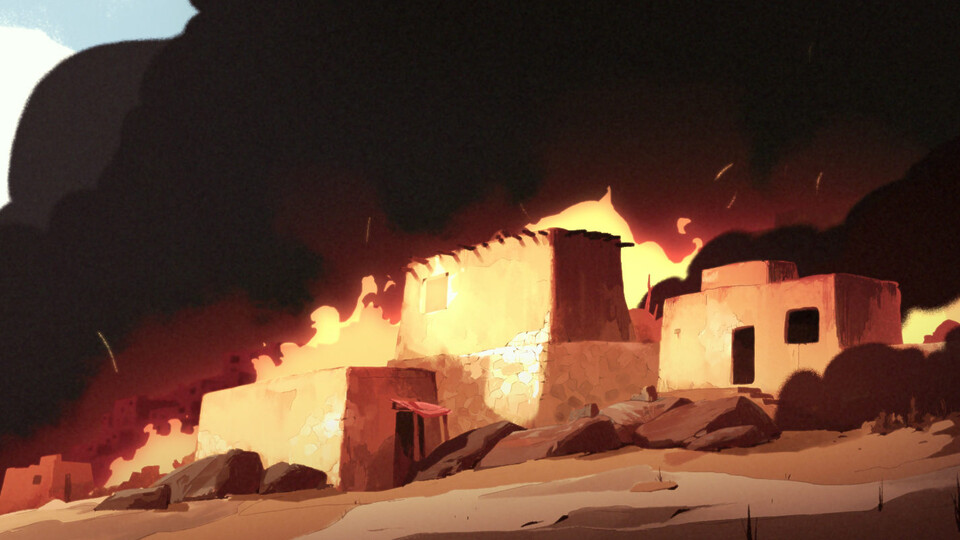Save the Whispers from Homes: A Long Farewell
A Long Farewell, a 76-minute documentary made by South Korean filmmaker Kim Raya, is a portrait of the vanishing Dunchon Jugong apartments on the periphery of Seoul. Or, more precisely, it is a portrait of the memories of those who live in this place.
It has been over 10 years since discussions of rebuilding these old apartment complexes began. Before the full-scale relocation started, Kim Raya interviewed many inhabitants who lived in this apartment complexes, and collected their stories and memories about their lives in the area.
Kim composed this film almost entirely of still shots, edited at a slow pace. The camera is always static and in the same position. The shots are held for several seconds and seemingly fixed. What we can see is the living space of the inhabitants’ everyday life: a corridor, a park, a garden, an elevator, buildings and rooms. All the furniture and objects stay as they have been. The cinematography gives out a paradoxical effect: either nothing moves and everything remains the same, or every shot is a transition and everything is changing.
The feeling of movement is driven by the soundtrack. Instead of talking heads, the director isolates the voices from the inhabitants. Only these voices enter the rooms. Each brings along small fragments of a family’s life, such as how they spent their time in childhood. Some parents wanted their kids to have their own experience growing up Other families had no prior attachment to the place, but still struggled to accept the coming demolition.
With this slow and contemplative pacing, A Long Farewell goes step by step, day by day, story by story to evoke not only the memories deeply hidden in everyday existence but also the emotions in the bottom of residents’ hearts. The audience is therefore able to access the community, and to feel like they are in the same space. We don’t need to know who the residents are, all we need to do is to listen and feel carefully.
In a way, A Long Farewell is not a film only about South Korea. It’s also about other Asian countries undergoing the same process. In this film, Kim doesn’t choose to analyze whether the demolition is right or not. She rather stands at the residents’ side to remind us that something invisible exists beyond the concrete blocks.
Kim’s use of cinematic techniques creates a bond between the audience, the space and the inhabitants. A bond that allows us to see the importance of all those memories and emotions captured by the film. In spite of the fact that the building is going to be demolished and abandoned, there is still something else that will never disappear. After all, A Long Farewell is like a vase containing something intangible, saving these whispers with sincerity and simplicity.
Edited by Shr-TzungTsai and Daniel Walber
|
|
Wood LinWood Lin is a film critic and film festival organizer. He received his Master degree from the National University of the Arts. In 2012, he published his own book about six Taiwan filmmakers as a whole picture of Taiwan documentary history. He used to be the jury of DMZ international documentary film festival, international film festival Rotterdam and the Taipei Golden Horse Film Festival. He is now the executive director of Taiwan Documentary Filmmakers’ Union, and the program director of Taiwan International Documentary Festival. |



